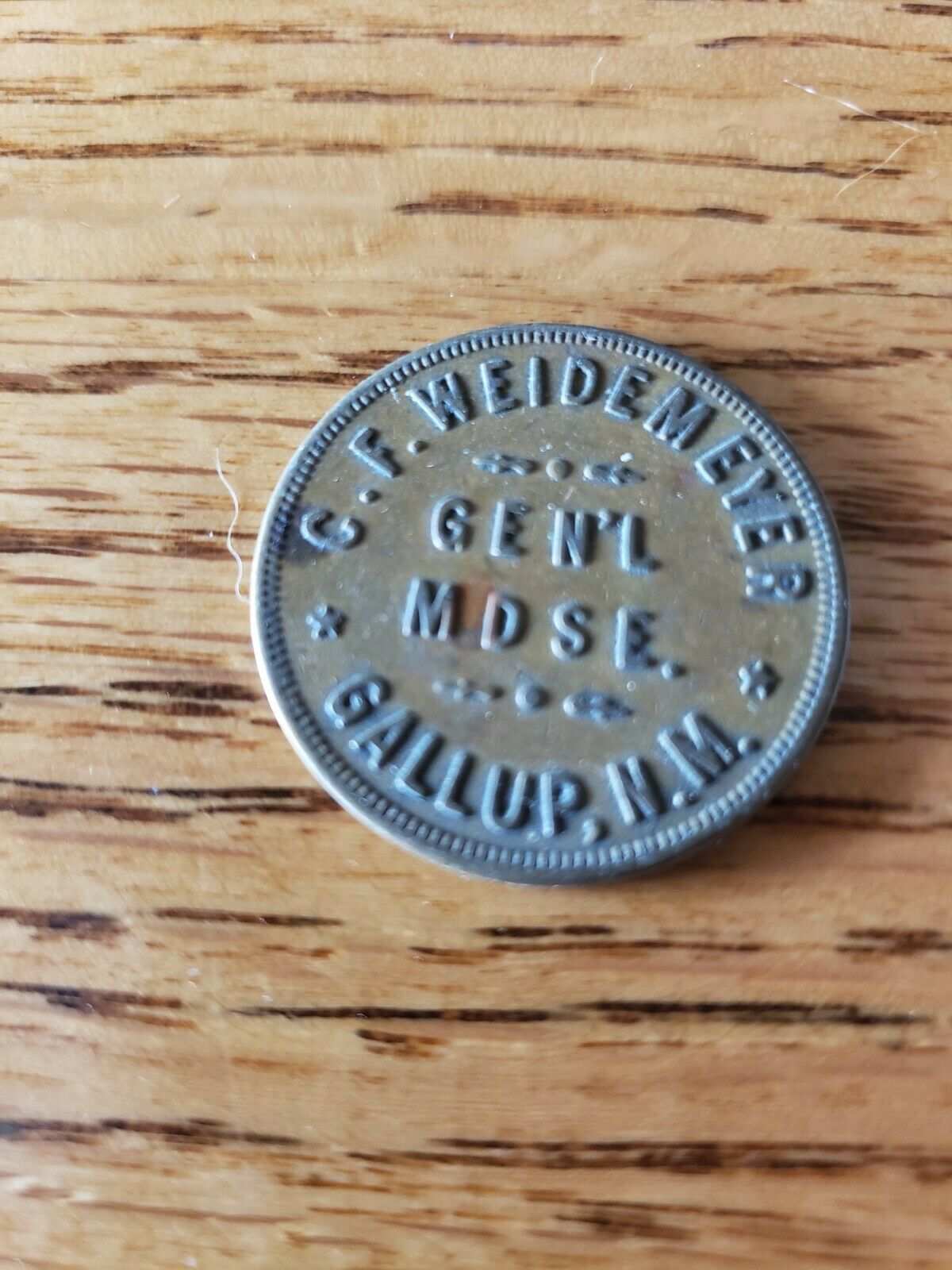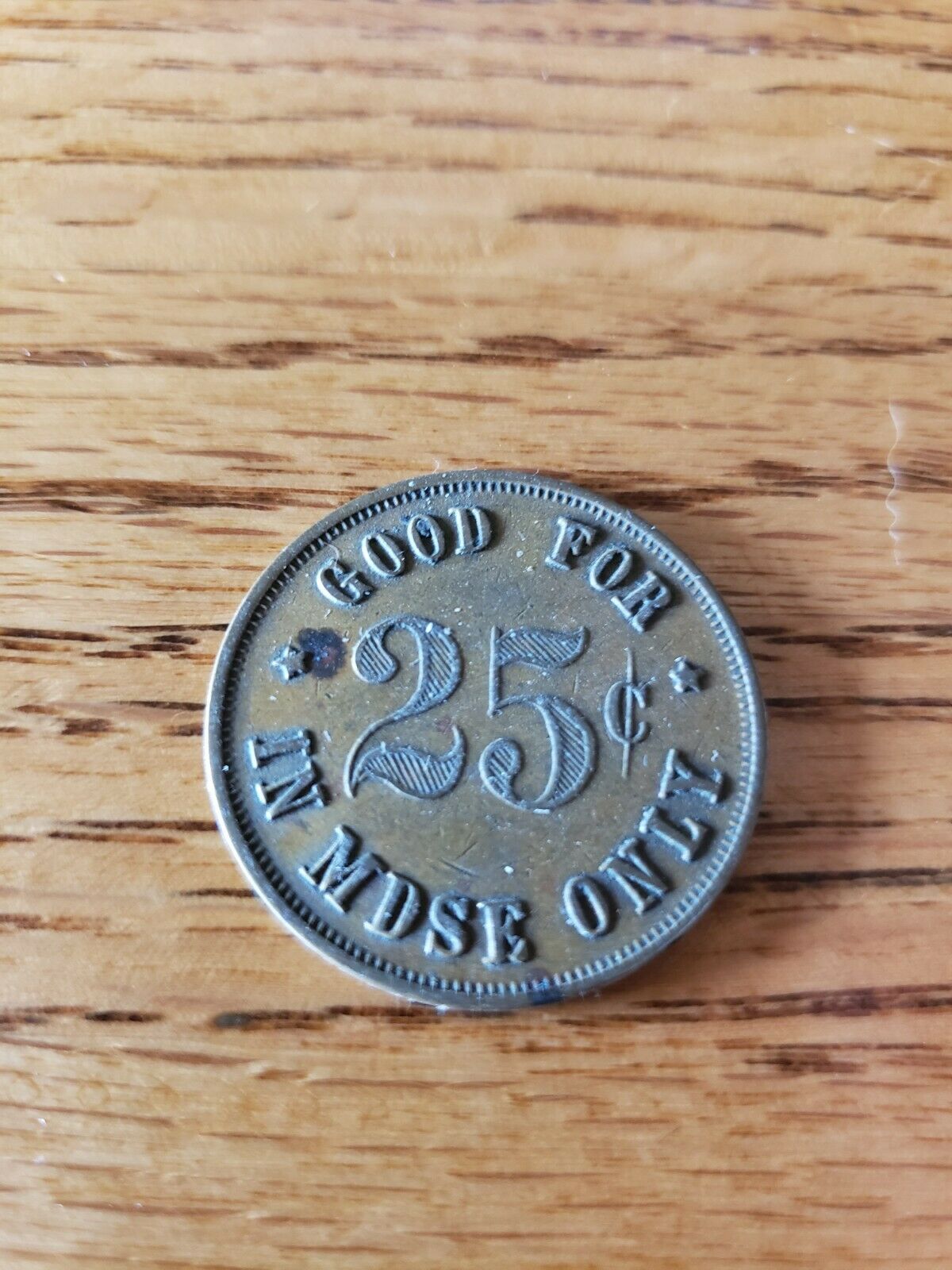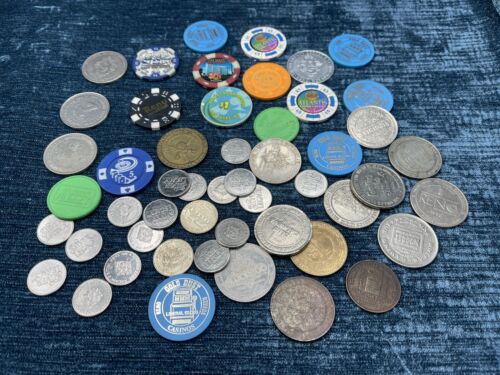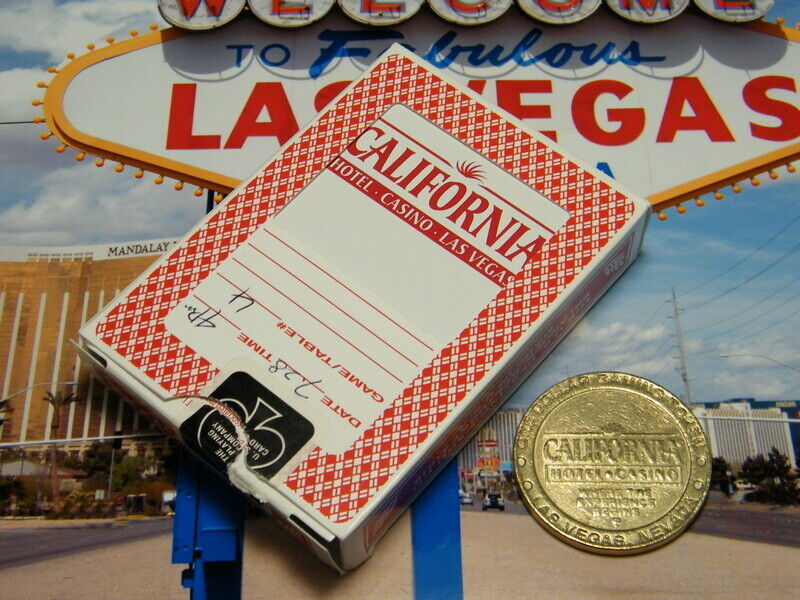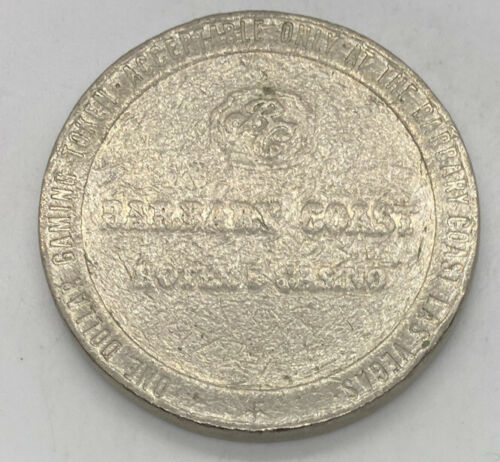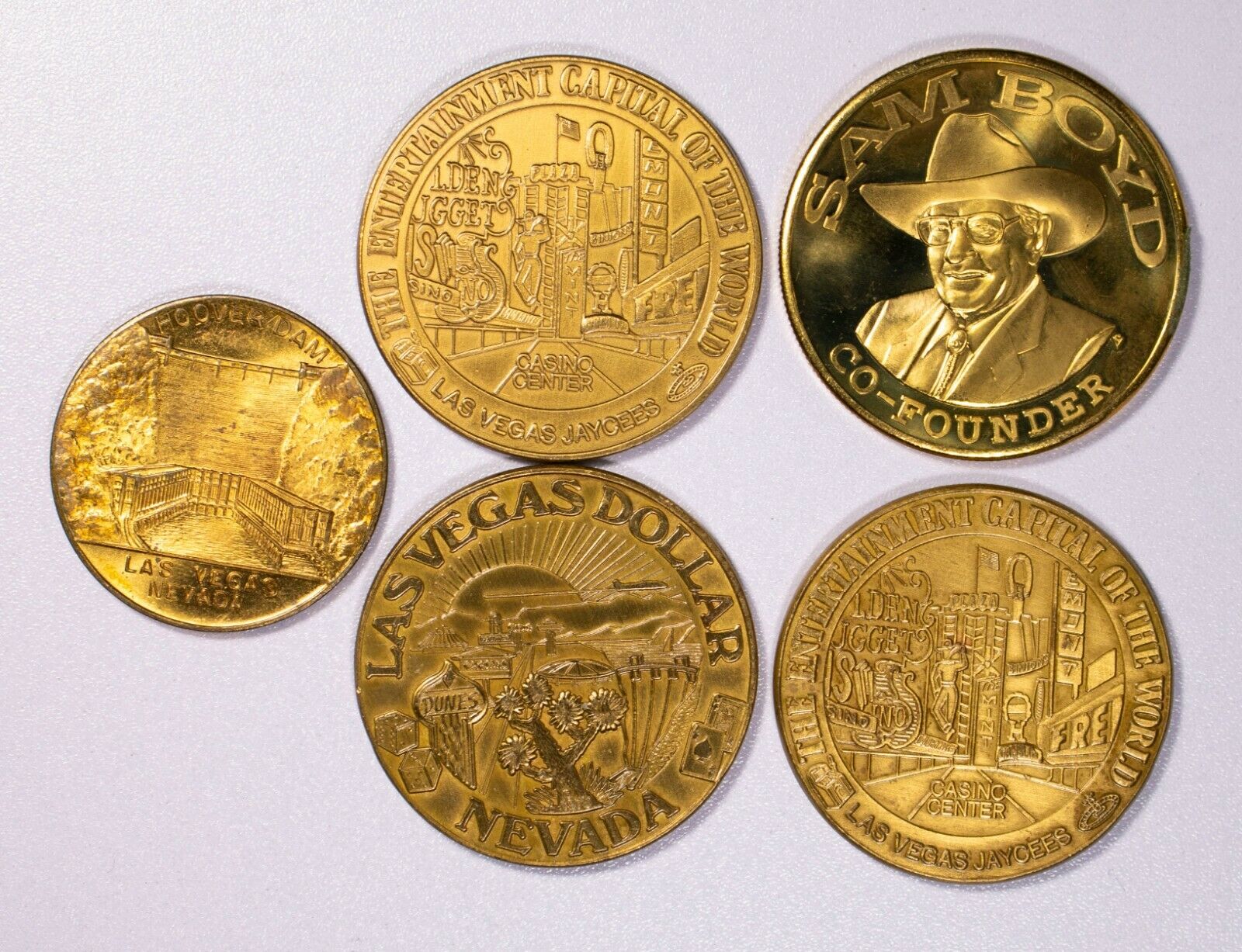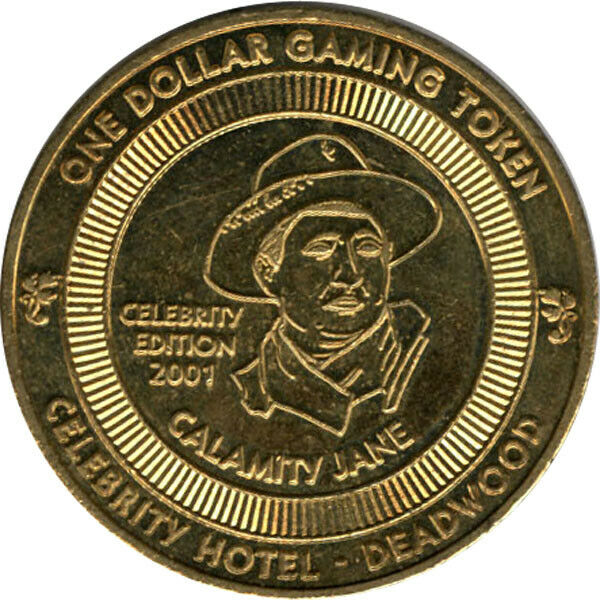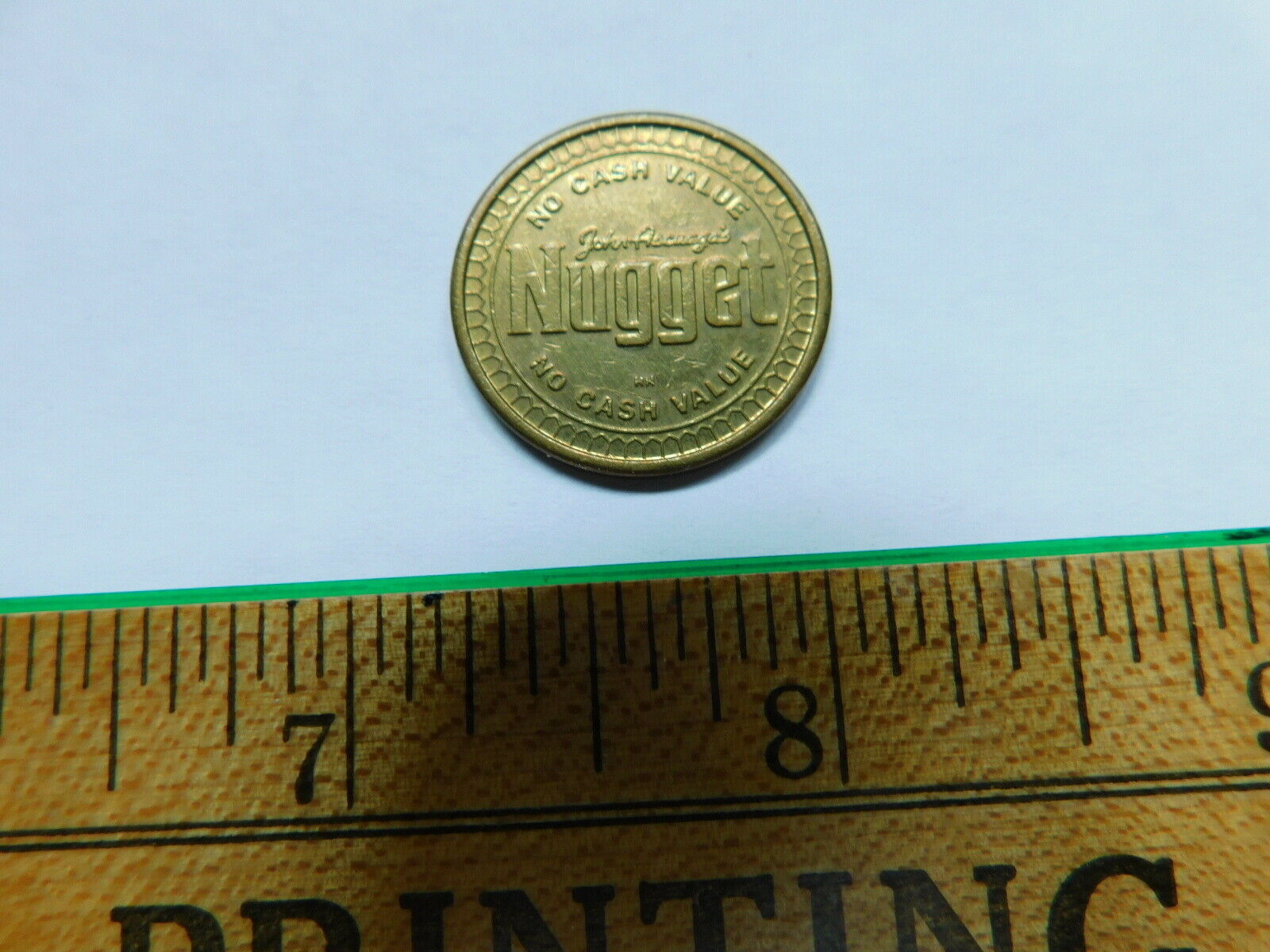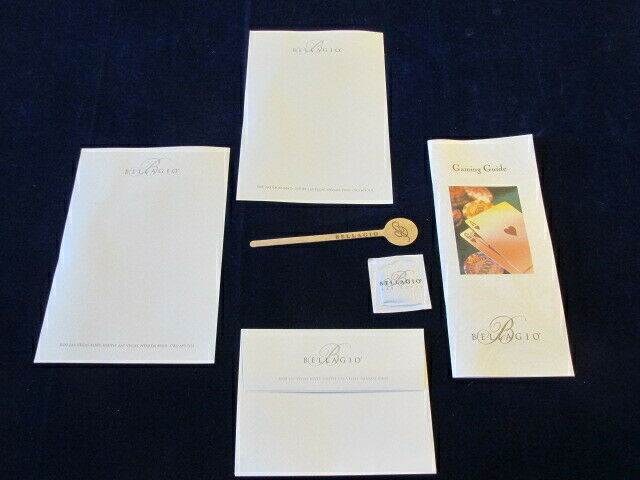-40%
Trade Token - Gallup NM area Navajo - CF Weidemeyer 25 cent
$ 26.37
- Description
- Size Guide
Description
Charlie Weidimeyer was an early trader in the Gallup area beginning in the late 1890s, He owned several stores including Chinle Trading at Canyon de Chelly. As with many traders in the early days, their post office was listed as Gallup since there were no postal codes. The mail was then delivered to the trading posts or traders who then distributed the mail to Navajo customers. Each trader had alphabetical mail cubby holes When Navajo customers came to the trading post, they would inquire about mail. More often than not, traders told them when they had mail since it was a rarity until the government started sending welfare checks. This was a major sticky point with the government because the feeling was that mail could be censured or confiscated by traders. However, there was no other way of getting mail to the reservation trading posts.Navajo trade tokens were a form of historically significant currency created for the Navajo by traders.
Until traders settled in the late 1800s, there was no credit among the Navajo because they had no money or access to commercial activity such as stores.
Barter was the sole means of economic exchange.
Generally, little attention was given to business in Navajo country because the area was remote with a relatively sparse population.
The Navajos lived in family units, not villages, so there were no concentrations of population.
The Navajos had no central governing structure and therefore did not represent a significant voting bloc.
They were wards of the federal government.
Traders were allowed to extend credit in anticipation of lambs and wool in the spring, a rug on the loom or other potential business activity.
Traders were the first to recognize Navajos as a potential commercial market and had to be licensed by the government.
Ironically, the traders chose to move their families to the remote areas of the vast Navajo reservation (size of West Virginia) and live among people that spoke no English and had no money.
By early 1900 there were fewer than twenty trading posts for the Navajos.
By 1950 the number grew to two hundred fifty and the population from ~90,000 to ~300,000.
Logically, traders did not abuse the situation because they needed to co-exist for their survival.
Everyone, Navajos and traders alike, was interdependent.
The traders bartered for livestock, wool, hides, jewelry, and rugs.
In turn the traders then bartered those goods with their wholesale supply houses for essential trade goods such as groceries, hardware, soft goods, etc.
Often time’s people came to a trading post to trade and did not fully consummate a trade.
Traders maintained separate counter pads for each family and recorded all transactions with ongoing balances.
Not understanding credit, the people were leery of credit slips or ledger entries, if for no other reason than their inability to comprehend English; either spoken or written.
The Navajos had been introduced to trade tokens while in exile following their tragic trek to the Bosque Redondo in New Mexico.
The government provided tokens as currency for the commissary. Traders had to devise a means of acknowledging transactions, especially if a credit balance was involved.
They came up with trade tokens, which were already commonplace in American commerce and familiar to the Navajo people. If a credit balance existed at the end of a transaction, traders would issue trade tokens which could be redeemed the same as money.
A transaction could be recorded upon issuance of a token or redemption of a token.
Policies varied throughout the reservation.
The tokens were the same denomination as coins; however, they were made from tin or pot metal rather than silver.
The tokens could be redeemed at the trading post for merchandise at any time.
For the customer, the token represented physical proof of value.
For the trader, it was a means of securing customer confidence and loyalty.
Tokens were specific to a trading post.
There was no “Navajo” economy; rather trading post economy.
Each trading post had a micro economy of its own. If a trader had several posts, tokens could be provided with the trader’s name rather than specific trading post and thus interchangeable.
When a token was redeemed, the traders had various methods of invalidating the token, usually by punching a hole or stamping it.
Most common denominations were 1¢, 5¢, 10¢, 25¢, 50¢, and .
In early days, most transactions did not exceed or .
Trade tokens were in greatest circulation from the 1920s to the 1950s before being forbidden by the government.
The justification was economic imprisonment of Navajo people to specific trading posts that might restrict opportunities to do business elsewhere.
What was acceptable for business between the Navajos and the government in 1863 was no longer tolerable between the Navajos and traders. Trade tokens were the initial assault by the government to restrict credit transactions for the Navajos.
By the late 50s, tokens were no longer in circulation after having a significant role in the Navajo economy.
Pawn and trading would soon come under similar assault and elimination.
Eventually, by the 1970s, off-reservation transactions had no standing on the reservation.
The Navajo reservation economy became a cash economy and Navajos had severely restricted access to credit both on and off their reservation.
The economic reversal assisted in eliminating trading posts.
After one hundred years, there are again approximately twenty trading posts on the Navajo reservation.
Most have been replaced with cash-and-carry convenience store operations.
By the 50s, trade tokens were no longer in circulation to any great extent.
A few stores continued to use them despite the ban, but by the end of the decade there were no more.
